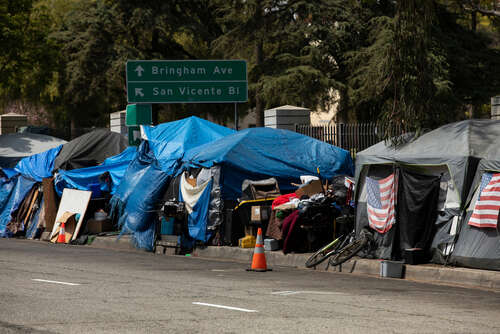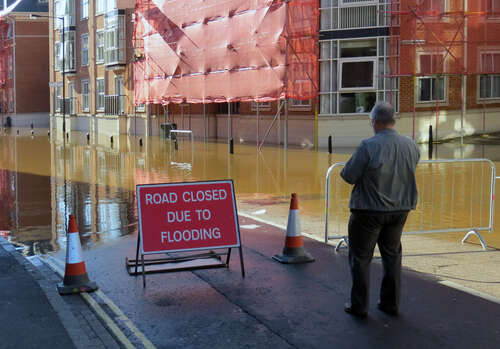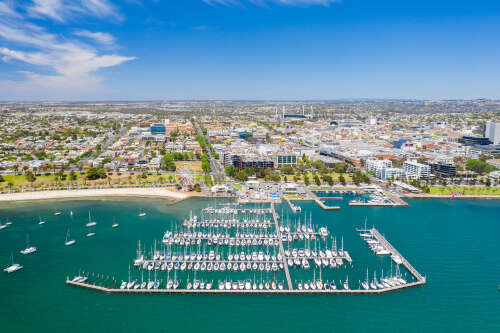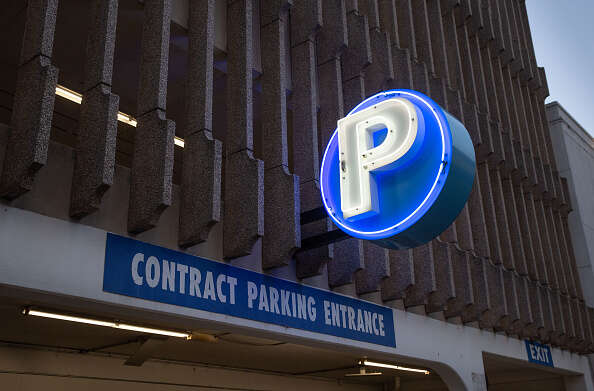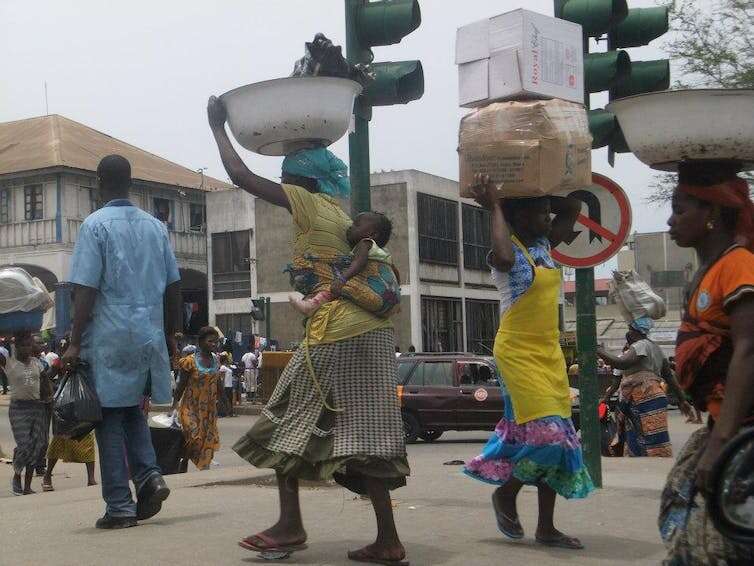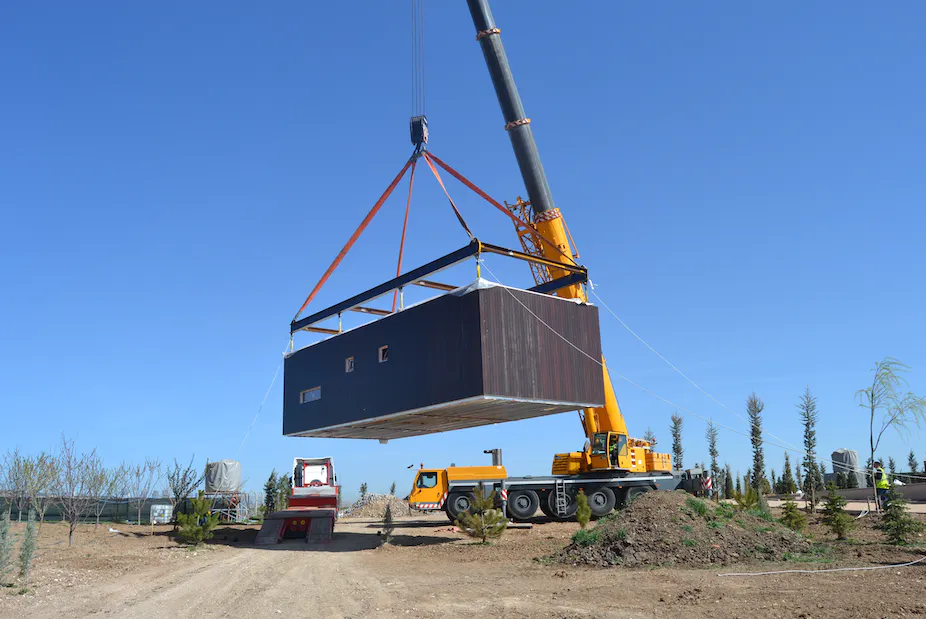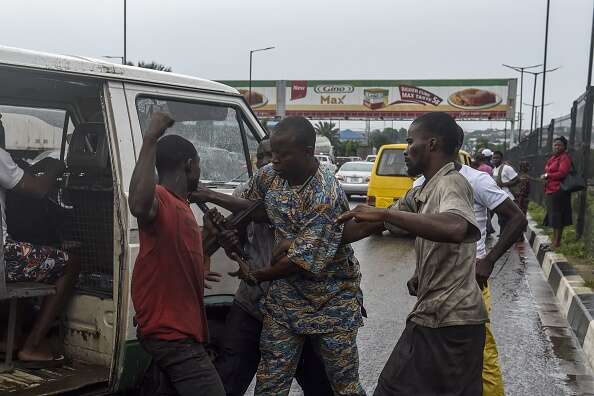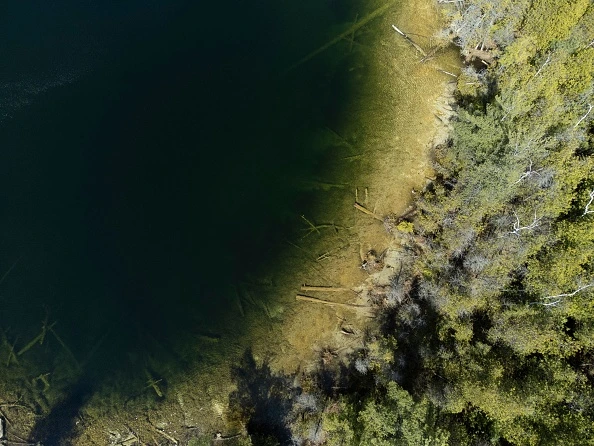All articles by ttt
Shelters can help homeless people by providing quiet and privacy, not just a bunk and a meal
As US cities struggle to reduce homelessness, planners can reform shelter design to be more humane and prioritise mental health and well-being.
Why your perception of climate change threats might depend on where you live
People living in rural areas perceive the threat of climate change to be lower than people in cities.
London is a major reason for the UK’s inequality problem. City leaders don’t want to talk about it.
Business bosses appear reluctant to take part in open debate about their firms’ contribution to growing regional inequalities.
Wide verandas, picket fences or the CBD? How Australian coastal cities could ride post-Covid waves of growth
Research on where businesses and households want to be points to growth in suburban and regional centres on the Australian coast, with Brisbane, Adelaide and Perth also gaining ground on Sydney and Melbourne.
How Airbnb is fuelling gentrification
Do you ever worry about how Airbnb rentals might be affecting your neighbourhood? Your concerns might not be misplaced.
Reclaiming downtowns from traffic requires developers to offer strategies for cutting car use
US cities are starting to reform laws that required developers to provide minimum amounts of parking. But there’s more they can do to loosen the auto’s grip on downtowns.
Pedestrians in Ghana are risking their lives
Yet the city of Accra has no plan to tackle pedestrians’ behaviour.
Building prefab houses in factories for the Commonwealth Games was meant to help Australia’s housing crisis. What now?
If we build homes on a production line, we could make them cheaper, faster and more sustainable.
New research exposes the daily struggles of transport workers in Lagos
New research focuses on the politics of road transport, the everyday corruption and the hard-living world of transport workers in Lagos.
Crawford Lake: What the past can teach us about urban living today
What is so special about Crawford Lake? And what can it teach us about the urban spaces we live in today?

